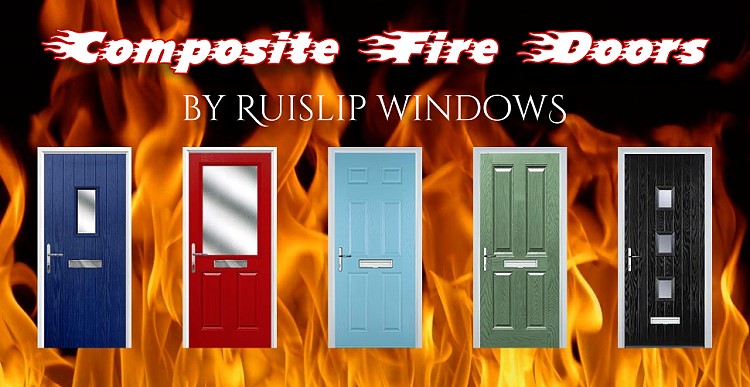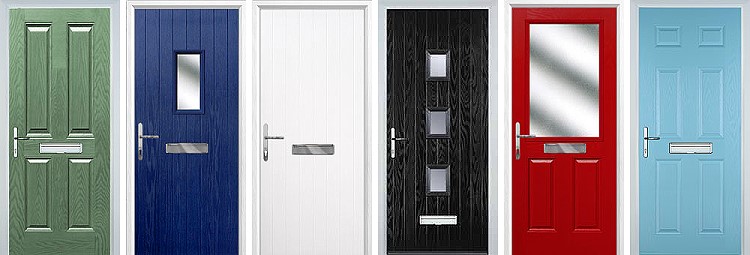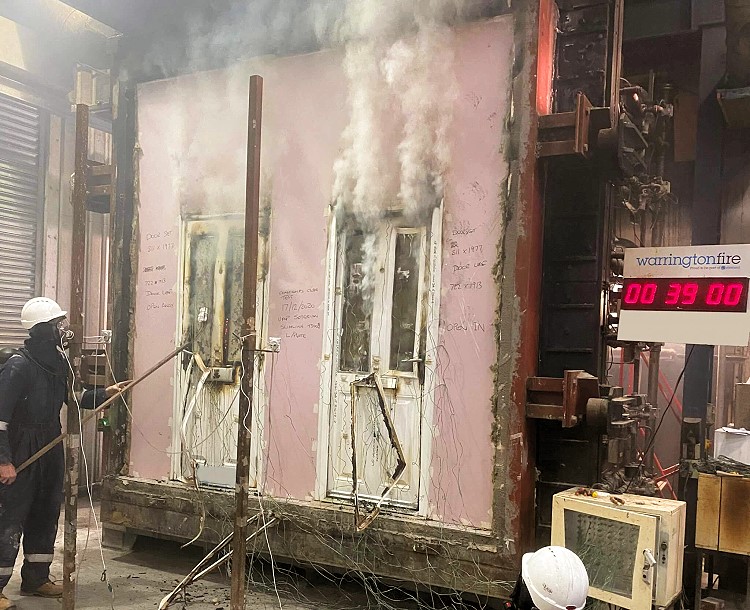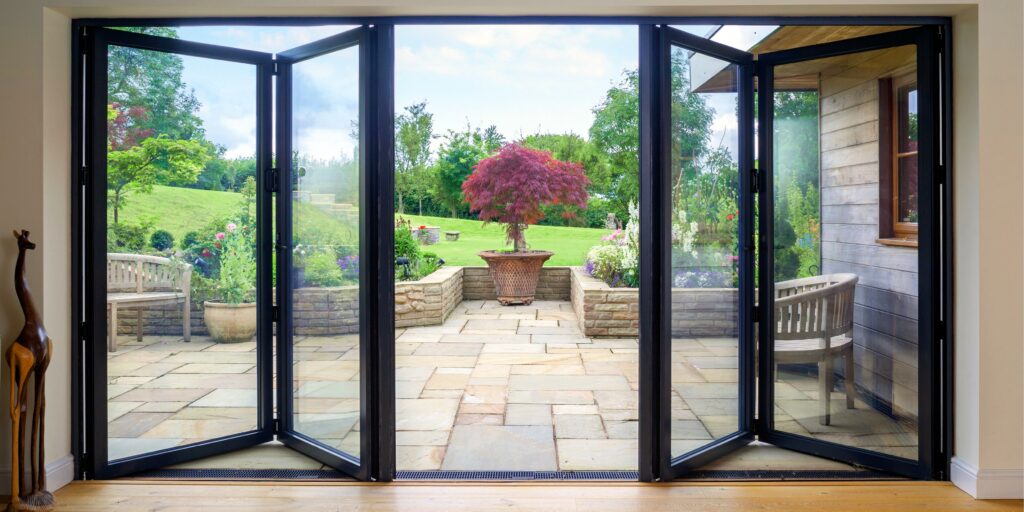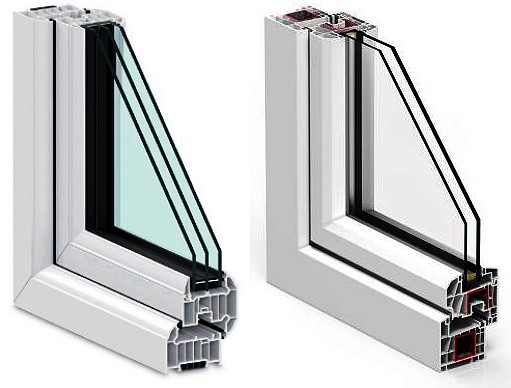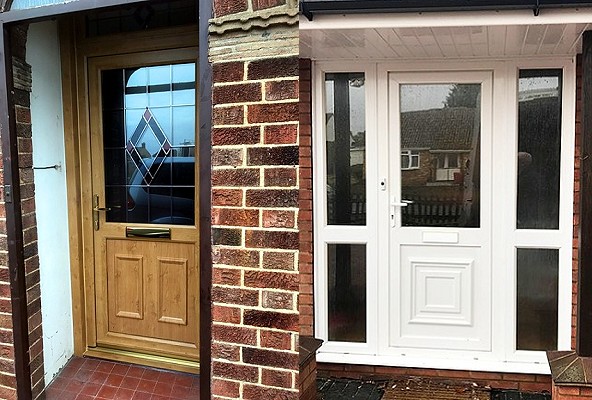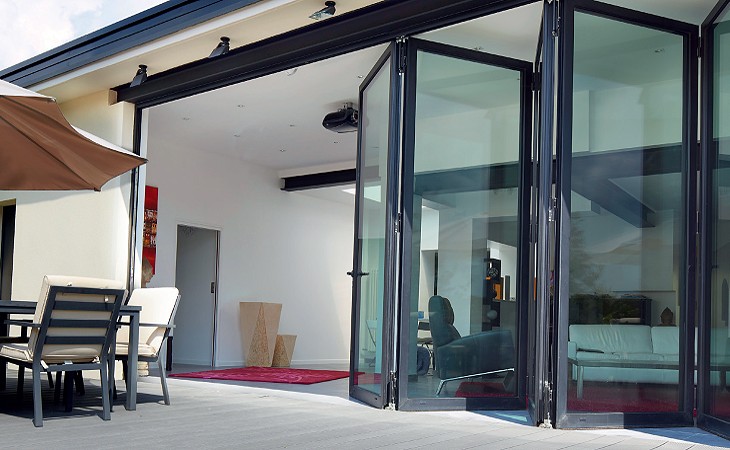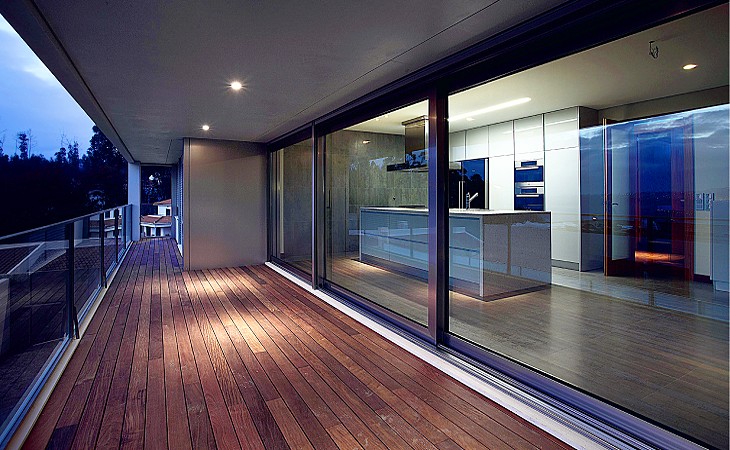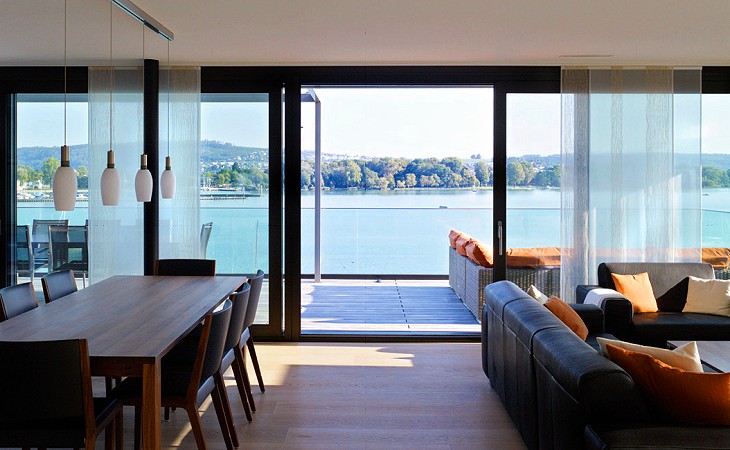We are delighted to introduce the luxury Origin Global window and door range to our ever expanding portfolio:
Bifolding doors

Our Origin Bifold Doors are availalbe in two collections, the all new industrial style steel-look SOHO collection and the classic Contemporary Collection. Handcrafted with meticulous attention to detail, both collections redefine the standards of elegance, making a bold statement in any architectural setting.
OB-36+ SOHO
- Sightline = 84mm
- Height = min 1974mm / max 2500mm
- Width = min 600mm / max 6000mm
- Single colour only
- No midrail
- Glazing bar option
- U-Value = Up to 0.8W/m2K
- 8-point locking system with 3-Star Diamond cylinder and PAS 24 as standard
- Secured by Design accredited
OB-49 Contemporary
- Sightline = 110mm
- Height = min 524mm / max 3025mm
- Width = min 463mm / max 6000mm
- Dual colour option
- Midrail option
- Glazing bar option
- U-Value = Up to 1.1W/m2K
- 8-point locking system with 3-Star Diamond cylinder and PAS 24 as standard
- Secured by Design accredited
OB-72 Contemporary
- Sightline = 110mm
- Height = min 524mm / max 3025mm
- Width = min 474mm / max 6000mm
- Dual colour option
- Midrail option
- Glazing bar option
- U-Value = Up to 1.1W/m2K
- 8-point locking system. Upgradable to 3-Star Diamond cylinder and PAS 24
- Secured by Design accredited
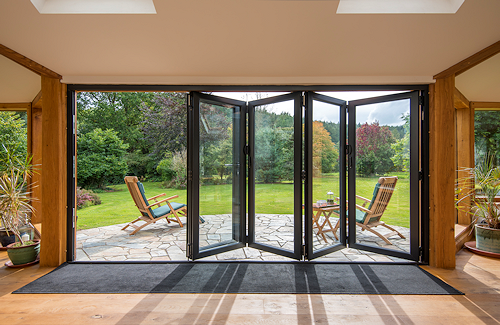
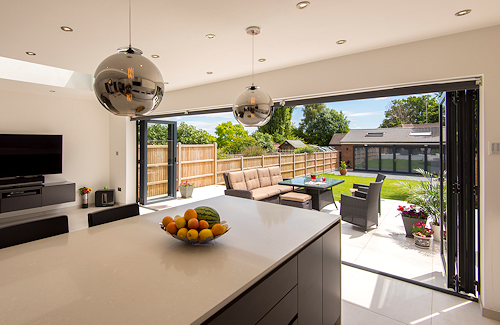

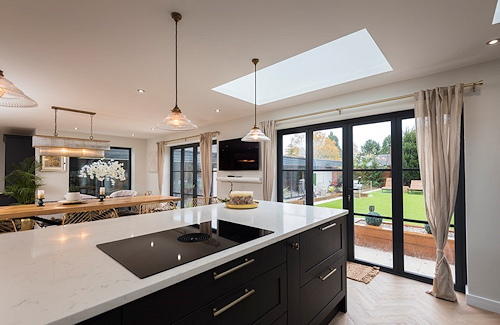
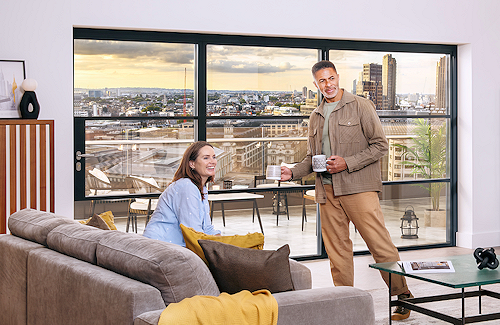
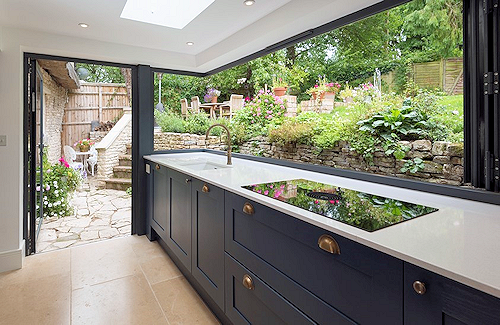
All bifold door collections are also available configured as French doors:
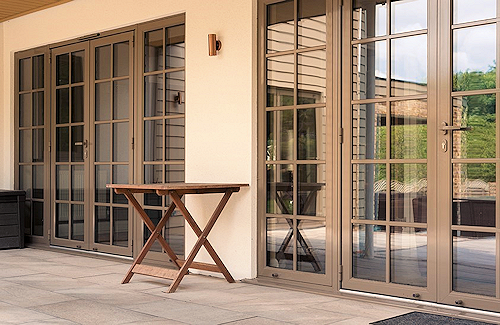

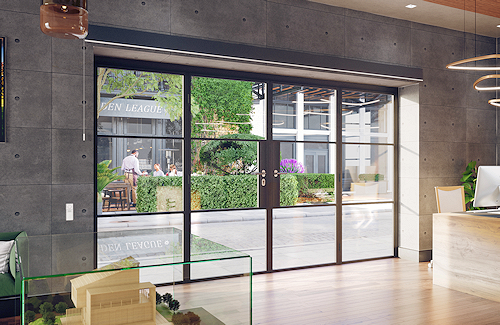
Find out more:
- Download the latest brochures from our website here >>
- Contact us to discuss your requirements and to book your free no-obligatory quotation.
Sliding patio doors
Offering four different sightlines across two systems – the Origin Artisan Slider and the Origin Patio Slider. Some of the slimmest aluminium sliding doors on the market with expansive uninterrupted views, no compromising on quality or thermal performance and industry leading security features.
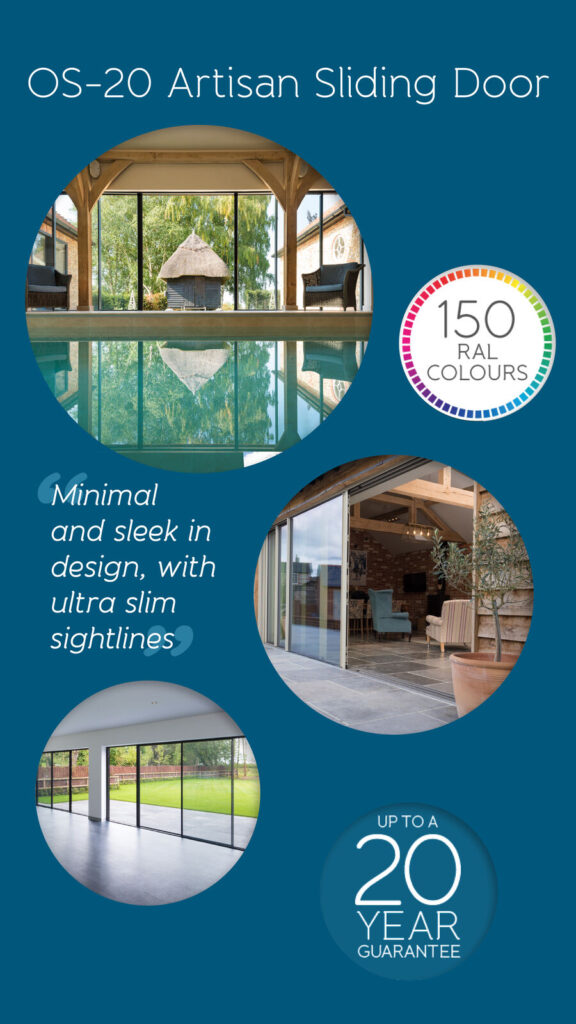
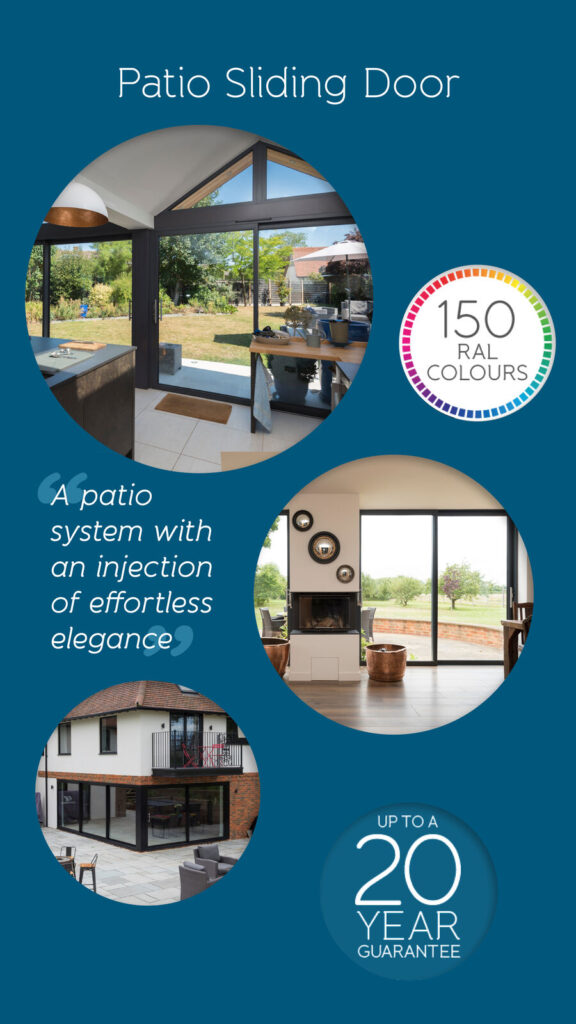
THE ARTISAN SLIDER OS-20: Minimal and sleek in design, the Artisan Slider has ultra-slim sightlines of just 20mm. This is a bonded system (wet glazed) where the glass and frame comes as one unit. The benefits to this are that the doors have improved weather tightness and slimmer sightlines are achieved. This is a sliding door that’s incredibly secure, thermally efficient and aesthetically stunning. Height = min 1600mm / max 3000mm Width = min 1228mm / max 13,196mm U-Value = 1.4W/m2K
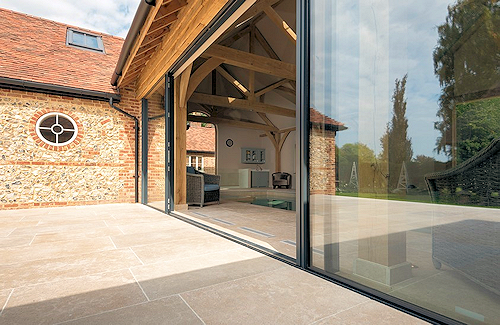
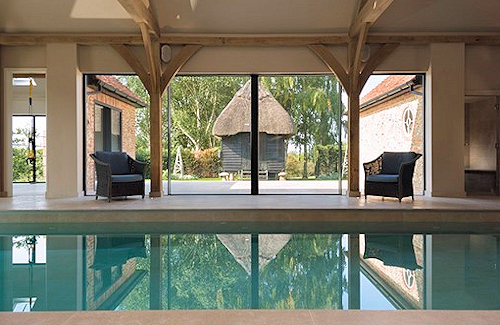
THE PATIO SLIDER: OS-29, OS-44 AND OS-77: A modern take on the traditional sliding patio door with three sightline options available. The OS-29 is the slimmest, with sightlines of just 29mm, maximising glass and the level of natural light which can flood in. OS-44 with sightlines of 44mm and OS-77 with sightlines of 77mm provide a more traditional style of patio system, with an injection of effortless elegance.
OS-29
- Sightline = 29mm
- Height = min 1480mm / max 2600mm
- Width = min 1463mm / max 11,929mm
- U-Value = Up to 1.3W/m2K
OS-44
- Sightline = 44mm
- Height = min 1940mm / max 2600mm
- Width = min 1463mm / max 11,803mm
- U-Value = Up to 1.3W/m2K
OS-77
- Sightline = 77mm
- Height = min 1940mm / max 2600mm
- Width = min 1462mm / max 11,803mm
- U-Value = Up to 1.3W/m2K

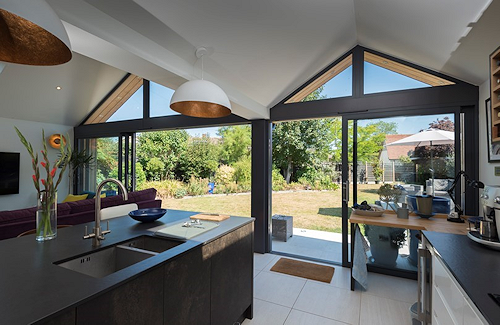
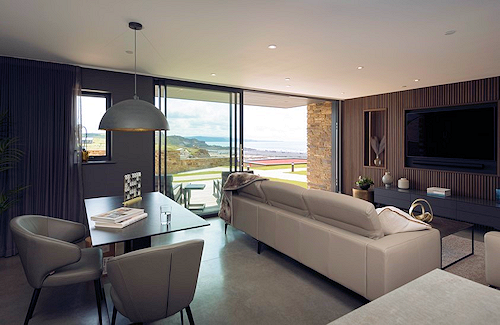
Find out more:
- Download the latest brochures from our website here >>
- Contact us to discuss your requirements and to book your free no-obligatory quotation.
Interior doors
Introducing these industrial art-deco style stunners to grace your interiors. We love these stylish new internal aluminium doors, that perfectly complement our new SOHO external door collection. You can choose how many glazing bars you want – more for a heritage look and less for an of-the-moment industrial look, and as for colour, well you have 150 RAL colours to choose from.

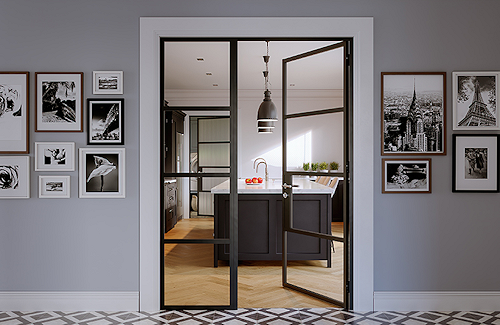
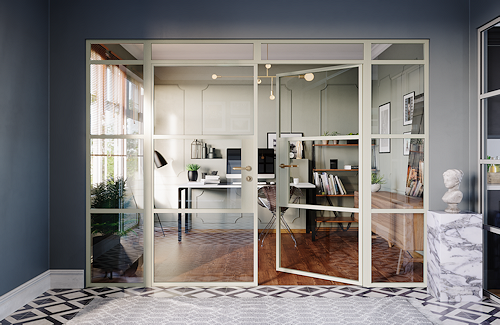
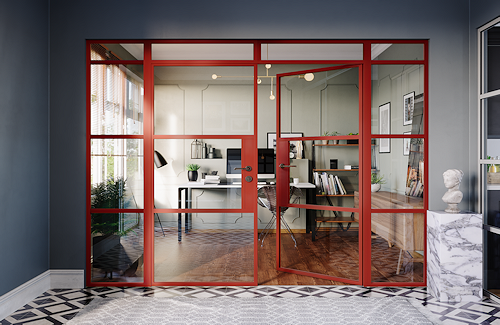
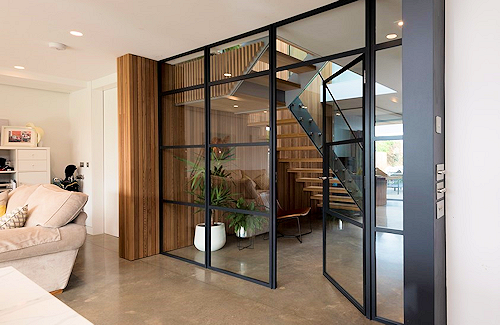
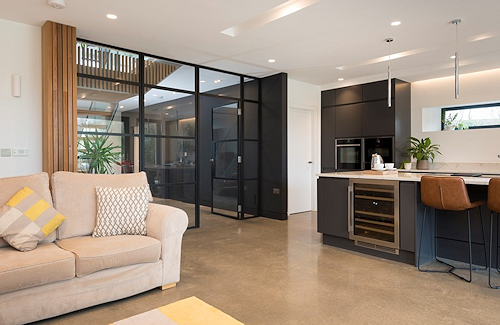

Available as single doors, double doors, fixed screen and corner configurations.
Sleek and luxurious, the slimline frames of our OI-30 doors seamlessly blend with your interior design style for a visually striking finish.
- Choose a frame-free option if you prefer, fitting the door straight into the existing frame fro total ease.
- Blackout panels and kickplates options are available.
- Create break out rooms or office rooms or any room you choose with our corner configurations or fixed screen room dividers. The only limit is your imagination.
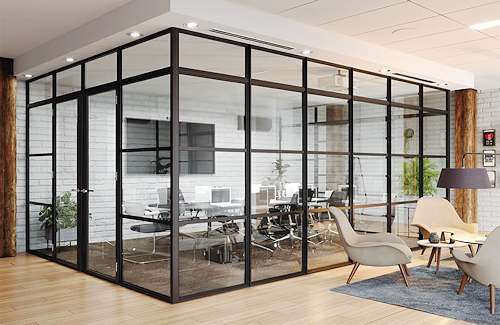
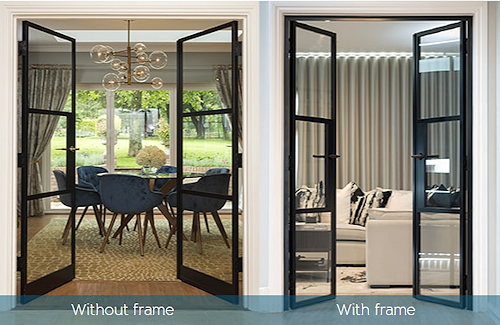
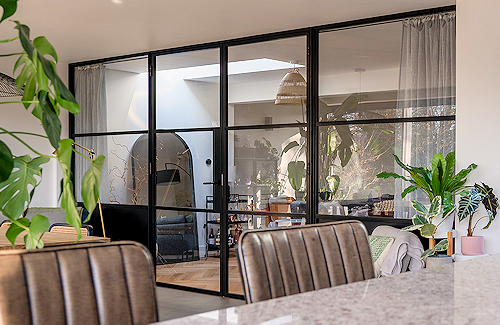
Find out more:
- Download the latest brochures from our website here >>
- Contact us to discuss your requirements and to book your free no-obligatory quotation.
Aluminium Entrance Doors
The Origin Aluminium Front Door is a precision-driven, expertly engineered object of beauty. From single front doors and double doors that can be used in a home or garage space, through to grand entranceways with sidelights and fanlights, our range of front doors are made from exclusive premium grade aluminium, enabling you to create a personal statement with ease; because first impressions matter.

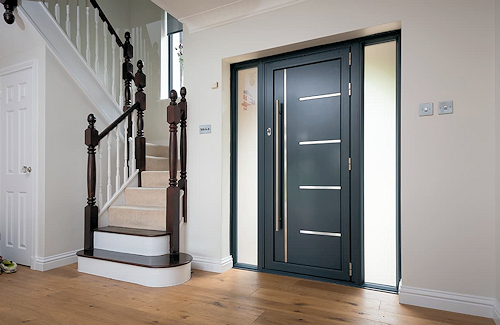
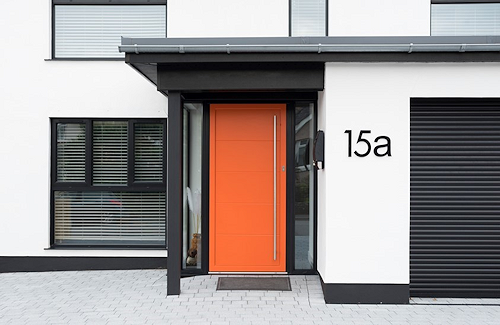
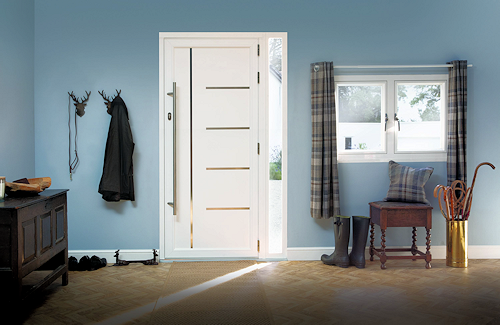
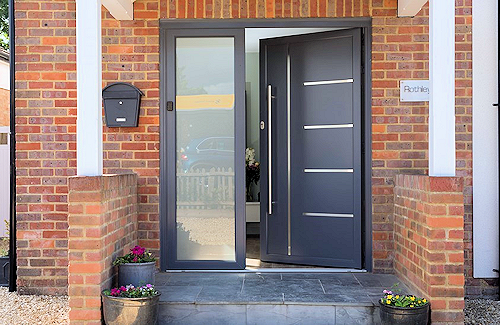
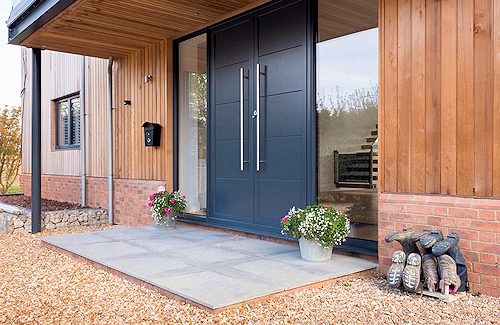
Choose from ten stylish “panels” in a wide range of colours. From panels that include lots of glass to flood your hallway with natural light, classic styles that never go out of fashion, and ultra-modern aluminium panels – there’s a style to suit every taste.
Or, why not opt for a glass solution…
Alternatively, you can also specify a glazed door with clear or frosted glass. In addition, you can also opt for a door with a midrail. Popular in porches and as a back door or kitchen door, the midrail can accommodate glass on both the top and bottom, or a panel can be used in the lower section for additional privacy.
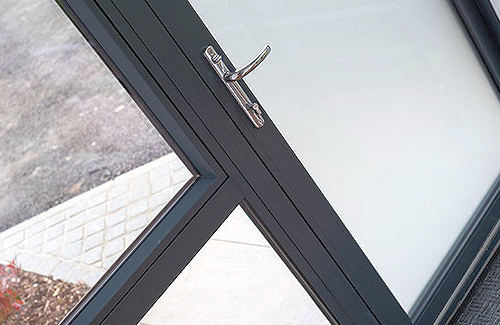
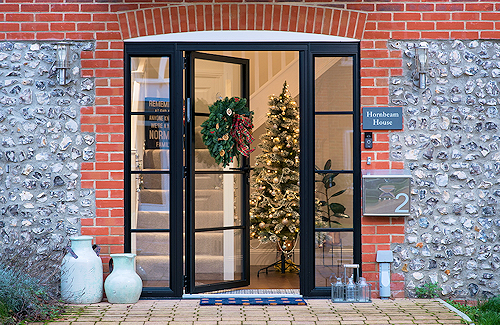



Find out more:
- Download the latest brochures from our website here >>
- Contact us to discuss your requirements and to book your free no-obligatory quotation.
For more information on our full range of Origin doors or to chat with us further, please contact us:
- By email: office@ruislipwindows.co.uk
- By phone: (020) 8868 1133
















